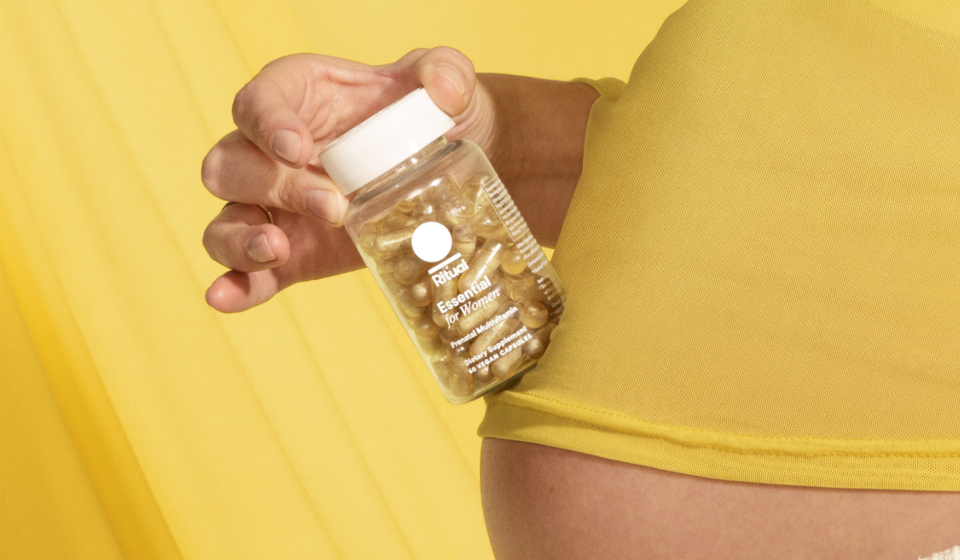What Is Ovulation?
Ovulation is a key part of the menstrual cycle, the roughly 24-38-day cycle (though every body is different!) between menstrual periods. What happens during ovulation? An ovary releases an egg so it can be inseminated if sperm are swimming around in the reproductive tract.
When Does Ovulation Occur?
Ovulation happens about halfwayish through the menstrual cycle. One study with 98,903 participants found that the average day of ovulation was cycle day 15.8. (9)
The ovulation process is short and sweet: The egg is released from the ovary in about 16-32 hours. (2)
How Does Ovulation Work?
Now, let’s get into what happens to the body during ovulation. For starters, the main hormones involved in ovulation are estrogen, luteinizing hormone, and progesterone.
What triggers ovulation, hormone-wise? Approximately 36-40 hours before an egg’s release, higher levels of the hormone estrogen, which is produced by the ovaries, tell the brain to start pumping out luteinizing hormone (LH). The surge in LH communicates to one of the ovaries that it’s ovulation time. (Fun fact: The ovary that does the ovulating can differ from cycle to cycle.) (5)
Meanwhile, around 3-30 ovarian follicles, which are tiny sacs of fluid that eggs live and develop in, have been maturing. (2) The one follicle that’s matured the most (the dominant follicle) ruptures and then sends the mature egg on its way through the fallopian tube. That journey takes about 30 hours.
After ovulation, the ruptured follicle becomes a structure referred to as the corpus luteum and starts producing estrogen and progesterone, so a fertilized egg has a cushy and supportive place to land in the uterus. (2)
Tracking Ovulation to Support Your Conception Journey
Curious about when you might be ovulating next? You don’t need more than what’s in your medicine cabinet to get some helpful insight.
Basal Body Temperature Tracking
Basal body temperature (BBT) just means the body’s temperature when it's fully at rest. BBT rises slightly during ovulation and stays high through the rest of the menstrual cycle. (8)
To use BBT as a way to track ovulation, you can take and record your temperature every morning right after waking up and before any activity (this includes getting out of bed or drinking or eating breakfast). When the temperature rises from the daily normal by about 0.5–1°F, ovulation may be taking place.
BBT tracking is most effective after ovulation because that’s when temperature rises more significantly. Also, BBT is pretty prone to changes for other reasons, like movements, eating or drinking. Take BBT tracking with a grain of salt.
Cervical Mucus Tracking
Cervical mucus is—just as the name implies—mucus produced by the cervix. Cervical mucus looks and feels different throughout the menstrual cycle, so it can be monitored and recorded to predict what phase of the cycle may come next. (8)
Generally to track cervical mucus, you can:
• Use white toilet paper.
• Look at the mucus in your underwear.
• Insert clean fingers into the vagina and rub the mucus between the thumb and index finger.
Before ovulation, cervical mucus increases and becomes thin and slippery—appearing similar to an egg white. This is considered peak fertile cervical mucus. After ovulation, the mucus thickens and becomes less noticeable.
If you start tracking ovulation and notice any irregularities, or are having trouble figuring out when or if ovulation has started, lean on a trusted health care provider for guidance and support.
Now you know all about the “O” (ovulation, that is). We all deserve accurate knowledge about what’s going on inside our bodies, whether we’re trying to get pregnant or simply curious. Check out all of our pregnancy resources to learn more.
†As a health company that adheres to clinical research—which is often reliant on assigned sex at birth—we face some unique challenges regarding our gender-specific messaging. Our decision to use gendered terms is, unfortunately, a result of these limitations in nutrition research. In cases where complying with the binary distinction is necessary for scientific accuracy purposes, we want to make it very clear that we recognize a person’s gender identity might differ from their assigned sex.









